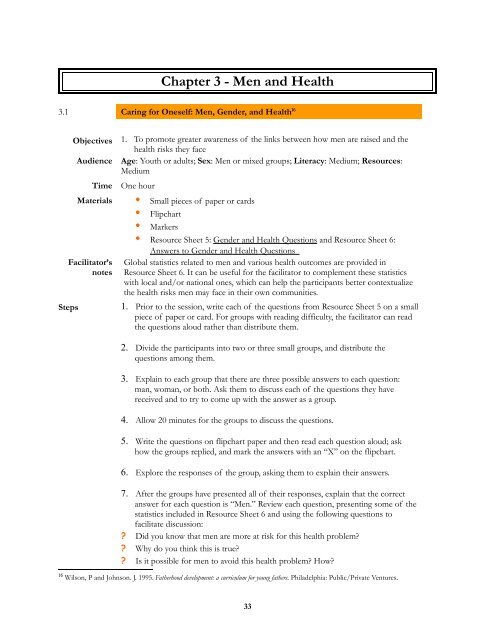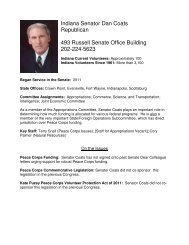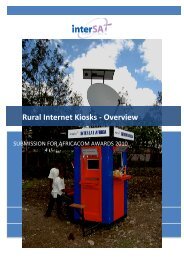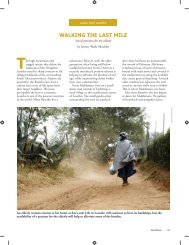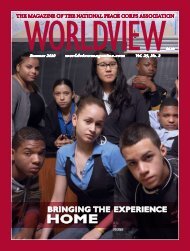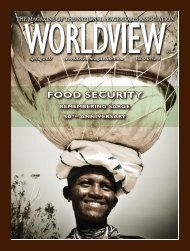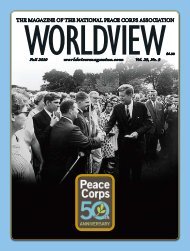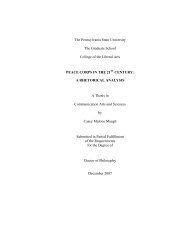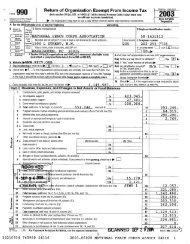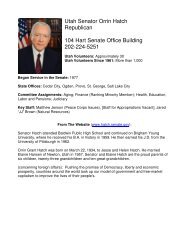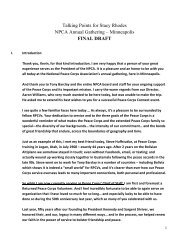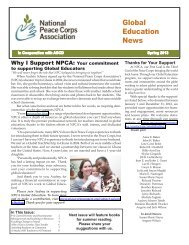Group Education Manual - Peace Corps Wiki
Group Education Manual - Peace Corps Wiki
Group Education Manual - Peace Corps Wiki
You also want an ePaper? Increase the reach of your titles
YUMPU automatically turns print PDFs into web optimized ePapers that Google loves.
Chapter 3 - Men and Health3.1 Caring for Oneself: Men, Gender, and Health 16Objectives 1. To promote greater awareness of the links between how men are raised and thehealth risks they faceAudience Age: Youth or adults; Sex: Men or mixed groups; Literacy: Medium; Resources:MediumTimeOne hourMaterials • Small pieces of paper or cards• Flipchart• Markers• Resource Sheet 5: Gender and Health Questions and Resource Sheet 6:Facilitator’snotesStepsAnswers to Gender and Health QuestionsGlobal statistics related to men and various health outcomes are provided inResource Sheet 6. It can be useful for the facilitator to complement these statisticswith local and/or national ones, which can help the participants better contextualizethe health risks men may face in their own communities.1. Prior to the session, write each of the questions from Resource Sheet 5 on a smallpiece of paper or card. For groups with reading difficulty, the facilitator can readthe questions aloud rather than distribute them.2. Divide the participants into two or three small groups, and distribute thequestions among them.3. Explain to each group that there are three possible answers to each question:man, woman, or both. Ask them to discuss each of the questions they havereceived and to try to come up with the answer as a group.4. Allow 20 minutes for the groups to discuss the questions.5. Write the questions on flipchart paper and then read each question aloud; askhow the groups replied, and mark the answers with an “X” on the flipchart.6. Explore the responses of the group, asking them to explain their answers.7. After the groups have presented all of their responses, explain that the correctanswer for each question is “Men.” Review each question, presenting some of thestatistics included in Resource Sheet 6 and using the following questions tofacilitate discussion:? Did you know that men are more at risk for this health problem?? Why do you think this is true?? Is it possible for men to avoid this health problem? How?16 Wilson, P and Johnson. J. 1995. Fatherhood development: a curriculum for young fathers. Philadelphia: Public/Private Ventures.33


